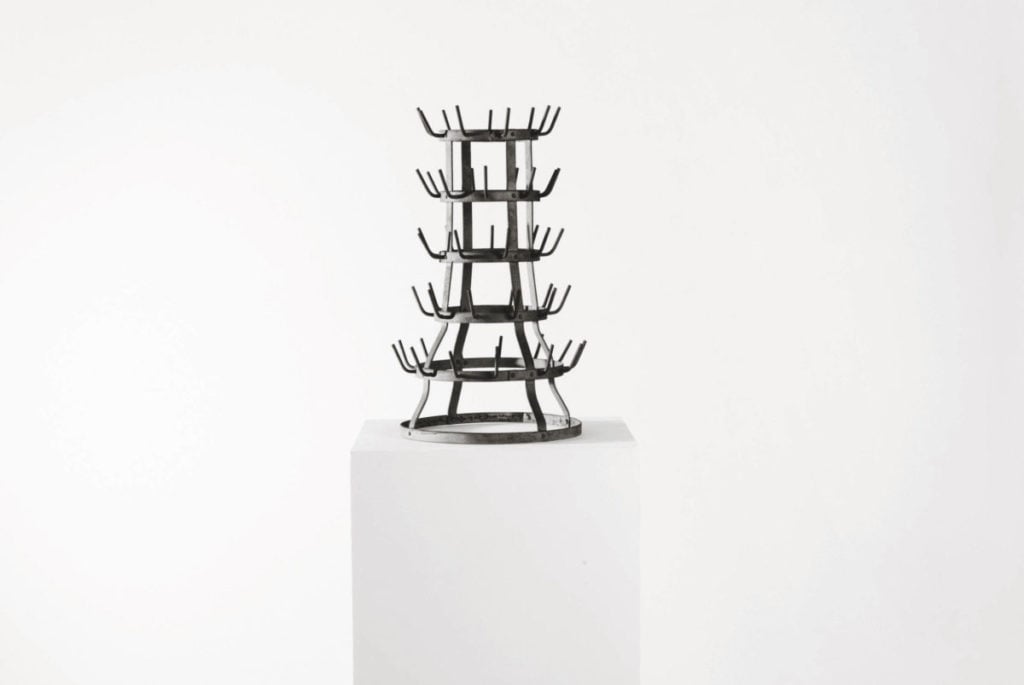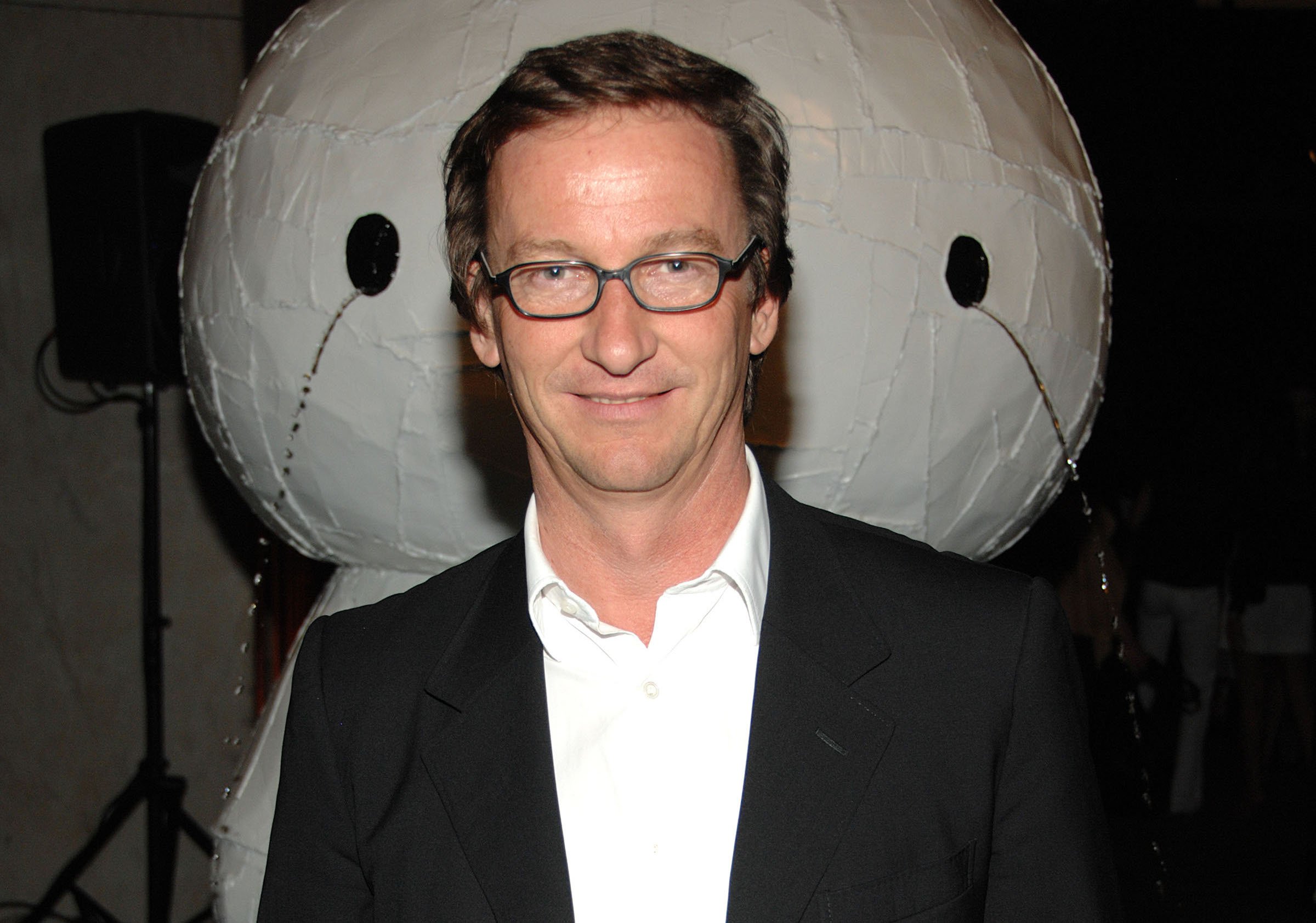Market
Thaddaeus Ropac Puts Marcel Duchamp’s Iconic ‘Bottle Rack’ on the Market
Don't bother asking the price unless you represent a major museum.

Don't bother asking the price unless you represent a major museum.

Henri Neuendorf

Marcel Duchamp’s Porte-bouteilles (Bottle Rack) (1959), one of the most iconic sculptures of the 20th century, will be back on the market and on display at Galerie Thaddaeus Ropac in Paris next month.
The artwork will be the centerpiece of an exhibition commemorating the 100th anniversary of the term “readymade” in an art context, which was coined by Duchamp in a letter to his sister, Suzanne, in 1916. Duchamp’s readymades revolutionized the understanding of what could be classified as art, and gave birth to the conceptual art movement.
The work also carries what dealer Thaddaeus Ropac described as “a dream provenance,” in a telephone interview with artnet News. The sculpture was bought by Robert Rauschenberg in 1959 for his personal collection after it was included in group show featuring works by the two artists. It was later transferred to the Robert Rauschenberg Foundation following the American artist’s death in 2008.
Ropac added that Porte-bouteilles (Bottle Rack) (1959) is of great art historical significance because it is one of only five surviving examples of Duchamp’s original readymades. He emphasized that “[t]he early pieces are really considered the ultimate pieces of readymade and of Duchamp, and it’s now considered the number two he ever did of this work.”

Thaddaeus Ropac. Photo: BILLY FARRELL/PatrickMcMullan.com
Both the foundation and the dealer have remained tight-lipped about the asking price, although the New York Times cited French auction house Artcurial’s director of Impressionist and Modern Art, Bruno Jabubert, who reportedly valued the work at between $8 million to $12 million, a sum which Ropac described as “more on the lower side of what we are asking,” although he declined to name an exact price.
Yet deep-pocketed collectors don’t realistically stand a chance of buying it. Ropac revealed that he would only consider selling it to a public institution. “We insisted it has to go to a major museum, and we’re sure we will succeed in placing it like this,” Ropac said. “We have a list of top museums where it would fit perfectly, where we think they need it within the context of their collection, and where a major Duchamp would elevate the collection.”
The Rauschenberg Foundation indicated that it is deaccessioning the work to focus on its “core legacy,” and this includes its upcoming Catalogue Raisonné, which funds from the sale will help finance.